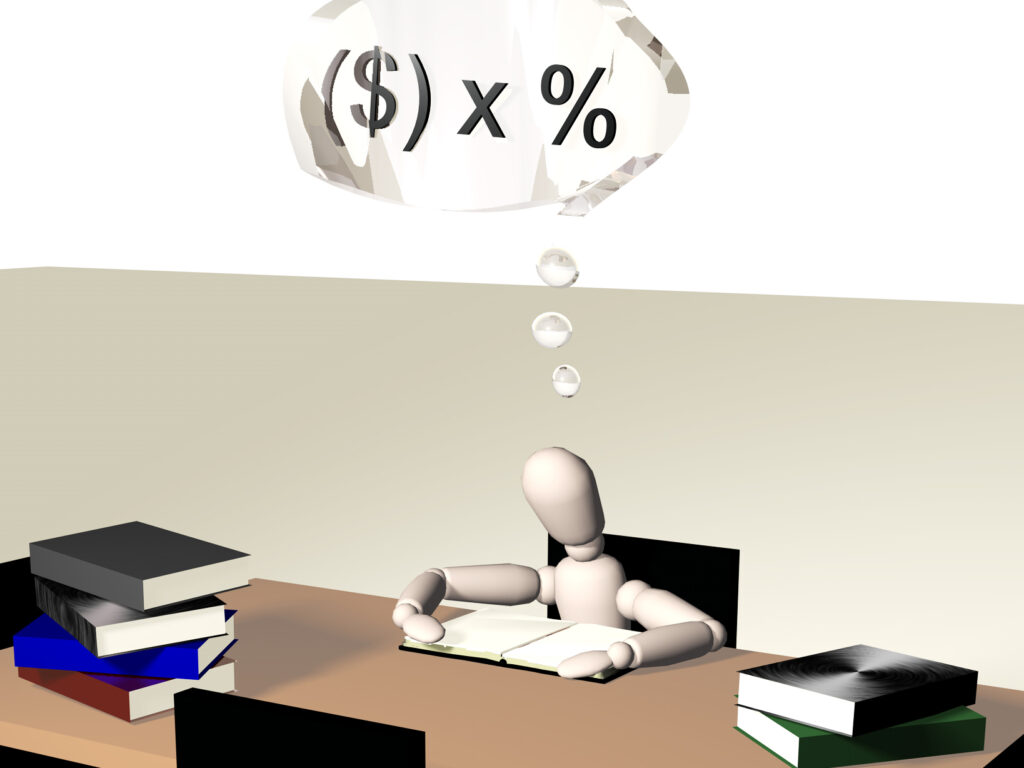We all know the stats. But what do they actually mean, and how accurate are they? Robin Hoyle turns mythbuster for TrainingZone.
Trainers like a good buzzword. We also like something which appears scientific, concerned as we are that maybe the rest of the world thinks of us as prone to a bit of mumbo jumbo. If we can put numbers in there somewhere – hallelujah!
Welcome to 70:20:10.
You might have seen the ratios 70:20:10 used elsewhere in relation to organisational training and development. I have come across it spoken about a lot in papers, presentations at conferences and business's learning strategies.
The version I last heard in a board room was "most learning happens on the job – its experience that counts".
This focus on work-based practice and on-the-job experiences resonates because it makes sense. For many – especially those outside the training department - it represents how they think they learned to do the things they do. It also neatly reinforces the prejudice that 'you can't learn to do your job out of a book or in a classroom'.
Of course, these beliefs are fundamentally true. I don't want to be flown on my next holiday by someone who has only read about how to fly a plane. My children are currently learning to drive – does passing the driving theory test make them safe on the roads? Not if the permanent impression of my finger nails in the palms of my hand mean anything.
The gap between theory and practice is canyon-esque in proportion.
 "As far as I can tell, no one has analysed how people gained their skills and determined that the proportions of experience and input outlined in the 70:20:10 model is actually what happens."
"As far as I can tell, no one has analysed how people gained their skills and determined that the proportions of experience and input outlined in the 70:20:10 model is actually what happens."So we can all accept, I hope, that we need a mix of different learning and training opportunities to develop the skills necessary for work. What the 70:20:10 concept says is that we learn 10% of our skills and knowledge through formal training inputs – workshops, elearning, etc – 20% from conversations with more experienced people (coaching, informal learning) and 70% from getting our hands dirty and doing things.
I have no argument with that as a concept – but let's be clear, that's what it is. It isn't – as far as I can see - based on empirical research. (I'd love to be proved wrong – if someone has more information on research which shows this is how things actually happen then please let me know). As far as I can tell, no one has analysed how people gained their skills and determined that the proportions of experience and input outlined in the 70:20:10 model is actually what happens. For one thing, the nice round numbers always seem suspicious to me. In fact a recent study by Harold Jarche suggested that formal training – the stuff that most of you reading this are involved in – is actually less than 5% of the training mix, with more than 95% of the time spent not undertaking formal training and – one would hope – learning from our experiences.
The 70:20:10 learning concept was first developed by Morgan McCall, Robert W. Eichinger and Michael M. Lombardo at the Center for Creative Leadership in North Carolina. The model is specifically mentioned in 'The Career Architect Development Planner', by Lombardo and Eichinger.
What is interesting when you go to the source of the model is that the focus is not on some ad hoc process by which skills are somehow developed in an organic way through simply doing the job. Instead, 70:20:10 as imagined by its originators requires thorough planning and management of the informal and on-the-job learning if it is to work.
"If the model is misrepresented...then are we inviting our sponsors and senior managers to embrace a training process in which we simply throw our people in the deep end because that's how they'll learn anyway."
Failure to properly understand the concept is the big issue. From 'we have a method which will help people learn very efficiently and develop practical skills using on the job experience' to 'most learning happens on the job, why are we bothering with courses' is a small leap in the minds of the bean counters tasked with finding cost savings.
If the model is misrepresented as '70% of learning happens on the job' – which is not what Eichinger and Lombardo said - then are we inviting our sponsors and senior managers to embrace a training process in which we simply throw our people in the deep end because that's how they'll learn anyway.
The real secret to 70:20:10 is that structure and planning are at the heart of what makes it work. How you do that is the subject of the second part of this article.
Robin is senior partner at Learnworks. He is a writer, trainer and consultant helping global businesses develop people and improve performance
Normal
0
false
false
false
EN-GB
X-NONE
X-NONE
MicrosoftInternetExplorer4
For further reading on 70:20:10 download Cross Knowledge’s free whitepaper: Effective Learning with 70:20:10 by Charles Jennings and Jerome Wargnier










